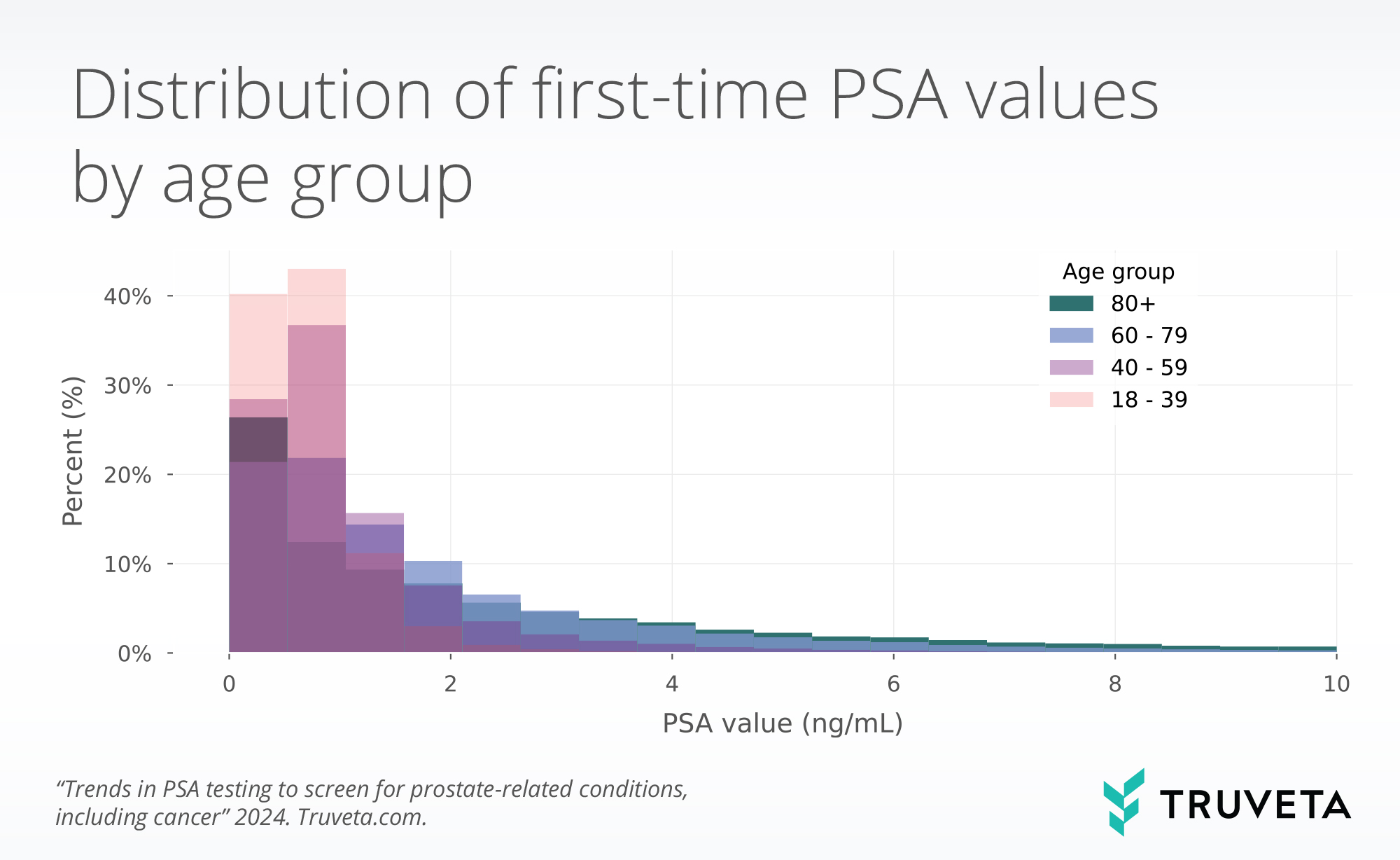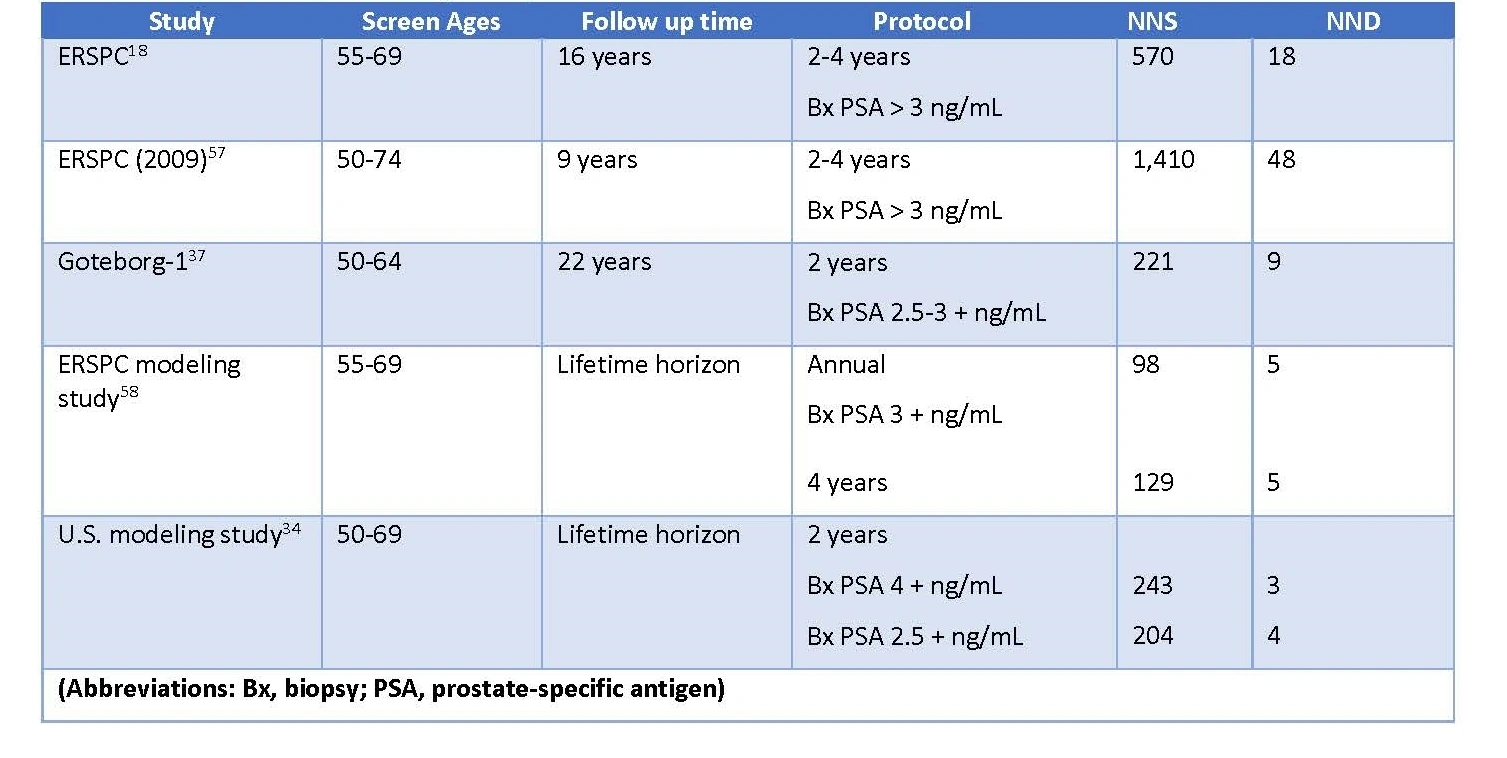So…What’s Up With PSA?
Most people don’t realize that your prostate—and all the numbers that come with it—gets a little weirder as you get older. PSA (prostate-specific antigen) levels? They’re not like your cholesterol or blood pressure where “normal” means the same whether you’re 25 or 85. Nope. Age changes everything.
And yet, if you’re a man over 60 (or you care about one), you’ve probably had this moment: you get a lab report, see a number next to “PSA,” and instantly wonder… am I in trouble? Is the “engine light” of my body blinking? Let’s talk about that swirling anxiety that comes with the PSA test. Because honestly, you’re not alone (I’ve definitely sat nervously in a waiting room with my dad, watching him pretend to read “Car & Driver”… eyes glued to the wall).

Do PSA Numbers Really Change?
Yes, they do. It’s not some random thing either—it’s biology, all the way down. As men age, their prostates naturally get bigger. And a bigger prostate can leak more PSA into the blood, bumping up those numbers, even if there’s nothing dangerous going on. This is why your doc doesn’t just look at one cutoff for everyone. Instead, they use age-adjusted charts—think of it as the TSA PreCheck line for aging guys. It’s about context, not panic.
Wait, Is a High Number Always Bad? (Spoiler: Nope!)
This is where so many of us get tangled. Your friend’s 55-year-old brother had a PSA of 4 and was told to follow up ASAP. Your Uncle Mike clocks in at 4.7 at age 70 and his doctor shrugs it off with a “See you next year.” Confusing? Kinda. Logical? Actually, yes.
The range for what’s “normal” or “okay, let’s watch this” isn’t static. It creeps up decade by decade. Which means a number that would be alarming when you’re 40 might be just mild background noise when you’re 75. Makes you wish every clinic just taped the psa level chart for seniors to the wall, doesn’t it?
Real Talk: PSA Increases With Age
Let’s drop in a story here—I still remember my neighbor, Mr. Taylor, who got his results back at age 68 and saw 5.1. He freaked out, Googled for hours, barely slept. Next week, his urologist read through the psa level chart for seniors and said, “Okay, let’s watch, but… relax.” No treatment. No drama. Just perspective. Turns out, that’s less unusual than you might think.
| Age Group | Median PSA | 95th Percentile (Upper Reference) |
|---|---|---|
| 60–64 | 0.9 | 4.89 |
| 65–69 | 1.1 | 4.88 |
| 70–74 | 0.93 | 9.01 |
| 75–79 | 1.3 | 7.95 |
| 80–84 | 1.9 | 11.98 |
| 85+ | 1.45 | 33.17 |
Based on age groupings and research on real seniors like this clinical study, your PSA curve rides up the older you get. Does everyone fit perfectly on that chart? Nope, but it’s a sanity check—a place to start, not the final word.
That Number is Up…But Why?
Here’s something most folks never get told: there are lots of reasons your PSA can spike for a bit. Infections, riding your bike too long, even a recent doctor’s exam or a bit of… ahem, “romantic enthusiasm.” (Yes, actually. PSA can be touchy like that.)

Is It Always Cancer? (Breathe…No)
Let’s get real about nerves. There’s that one word everyone worries about—cancer. But here’s the scoop: most small bumps in your PSA, especially if you’re sporting your AARP card, are caused by simple, benign things. We’re talking about ordinary prostate growth, maybe a bout of prostatitis (that’s a fancy word for inflammation), or even a night on a hard bicycle seat.
But… when should you worry? If you’ve been asking yourself “What is a dangerous PSA level?” you’re not alone. A jump into the double digits (think: over 10 ng/mL) gets doctors talking biopsy and fancy scans What is a dangerous PSA level. Between about 4 and 10 is sort of prostate twilight—some folks are fine, some need more testing, most just get watched closely over time. It’s about the trend.
True Story: Trends Matter More Than One-Test Panic
I’ve sat with friends who’ve gotten a 5, or a 6, and watched the color drain from their faces. One, “Rick,” went through three months of lost sleep (and too much WebMD). Next checkup? It went down. His doctor just grinned and said, “See, prostatitis. Not cancer.” So—don’t let one test send you spiraling. Instead, track it over time (phone alarms help—seriously, make a note to follow up in six months).
Understanding the PSA Level Chart for Seniors
Okay, let’s dial in with the meat and potatoes: what does that psa level chart for seniors actually translate to for you, right now?
| Age | Normal (Upper Limit) | Borderline/Gray Zone | Very High (Danger) |
|---|---|---|---|
| 60–64 | 4.89 | 5–10 | 10+ |
| 65–69 | 4.88 | 5–10 | 10+ |
| 70–74 | 9.01 | 9–12 | 12+ |
| 75–79 | 7.95 | 8–13 | 13+ |
| 80–84 | 11.98 | 12–18 | 18+ |
| 85+ | 33.17 | 33–40 | 40+ |
This is an estimate from real-world clinical research, so if you’re hovering just above these, don’t assume the worst—ask your doctor to look at your full picture. By the time you’re in your 80s, a PSA that would have set off alarms at 60 is… often not a reason to panic at all.
If you’re in the “gray zone,” that doesn’t mean you’re doomed. Sometimes, your doc will suggest repeating the test in six weeks (seriously, anything from a recent UTI to a wild weekend can spike it temporarily). It’s also a good moment to check your personal risk factors, like if others in your family have battled prostate cancer.
When Is It Time for the Big Conversation?
Now this part’s important—and honestly, a little fuzzy. Guidelines evolve, but for healthy older men (say, 75+), the question becomes: Should you even keep testing? For some, if the numbers have been steady and your overall health is good, PSA tracking can take a back seat. The United States Preventive Services Task Force (that’s a mouthful!) actually recommends skipping routine screening at 70 and up unless your doc really thinks it makes sense according to the USPSTF.
But it’s all about your story. If you’re in great shape, walking five miles a day, and love keeping tabs on your stats—test away. My uncle, age 82, wanted the data so he could “beat his brother’s health record” at family dinners. Whatever floats your boat.
Doc’s Visit: Bring Questions, Charts, Courage
Real tip? Print a copy of a trusted psa level chart for seniors and bring it in! Most doctors are happy to talk through the nuances. Sometimes, they check PSA velocity (how quickly it’s rising) or PSA density (adjusted for gland size) before moving forward. There’s no shame in wanting all your numbers explained—half of medicine is just teamwork, after all.
What About Scary Numbers?
There’s a point where the chart stops being reassuring. If your PSA hits 10 or jumps way up, your doc will probably want more workup (think MRI, maybe a biopsy, maybe nothing at all if there’s a clear reason for the spike). Because, yeah, What is a dangerous PSA level?—in many circles, over 10 is the red flag, but again: context!
Another important truth? Even high numbers (sometimes up to 30 or more!) in very elderly men turn out to be benign growths more than cancer, according to big population studies. The risk that a “scary” number is just your normal keeps going up the older you get per real-world research. Have a spike? Double-check before you panic.

What’s On Your Mind?
This is where you get to breathe, vent, and maybe even share your story with others. Got a number you’re worried about? Not sure what to make of a “repeat in 6 months” recommendation? You are in good company–not just among guys, either. Many partners (like me, daughter of a senior PSA-watcher) are along for every blood draw too.
So, What Do You Do With All This?
Take a second. This stuff can stir up plenty of “what ifs.” But remember: a single PSA number does not write your whole story. Use the chart as your anchor—not your anchor dragging you under, but your anchor giving you bearings. Most times, staying connected with your doctor, watching your levels over time, and noting any big shifts (or weird new symptoms) is all you need.
If you’ve never paid attention before, maybe now’s the year to grab your own baseline. If it’s your fifth test, look back and search for big trends—not just isolated high notes. And if you hit that “dangerous” number, take a breath before hitting the panic button. Let your doc give you the full rundown—it might be much less urgent than it sounds. If you want more nitty gritty, look at what is a dangerous PSA level for a full breakdown (and real-life examples to boot).
Wrapping Up: No One Rides Alone In This
Okay—deep breath. Taking care of yourself (and your prostate) is never a bad move. PSA charts, repeat tests, oddball numbers… it can all sound a bit much. But most of the time, it’s just part of the checklist—like getting your oil changed, or checking the smoke alarm batteries. Have honest conversations, bring your facts and feelings, and don’t let one out-of-range number steal sleep from you (or, let’s be real, your whole family). There’s help, humor, and hope scattered throughout these stories. If you’re ready to learn more or want to be the prepared one at your next checkup, bring this chart, jot down questions, and keep the conversation open. You’ll be glad you did.
Remember, your aging journey isn’t a solo expedition—and staying curious and connected might just be the best “treatment” there is. Go forth, take charge, and put that knowledge to work for your (and your loved ones’) peace of mind. And hey—share this with someone who’s worrying too much about their own numbers. It just might change their year.


















Leave a Reply
You must be logged in to post a comment.